I recently read something about drawing as a medium: how our first instinct is to evaluate it by the quality of its lines. We look for whether they feel strong or tentative, dense or loose, serene or frenetic, and in doing so, we catch a glimpse of the artist. It made me think about jewelry.
The way material curves into form can carry the same traits. And it brings me to a technique that lies at the heart of a brand I want to share with you today.
First, let me set the scene
Hi, dear reader! Let me introduce you to Renata Q., the brand, and Renata Zandonadi Quaglia, the creative powerhouse behind it.
In Renata Q, traditional techniques are reimagined into contemporary wearable art, reflecting the creative director's Brazilian heritage and artistic sensibility. It elevates leisure into art and encapsulates a life well-lived.
Renata Q. is designed in New York City and crafted by skilled Latina artisans. Each piece frames intricate, museum-worthy shells, responsibly sourced through a partnership with a sustainable organization. Due to the natural variation in seashells, no two pieces are alike.
It’s no coincidence that she chose crochet for the foundation of her brand, a technique so deeply tied to movement.
Among techniques, crochet is the one that most closely mimics drawing: loops and knots forming lines not on paper but in space, born out of the quiet negotiation between hand, intention, and material.
While every necklace feels personal, its shell and fiber composition are only part of the story. Her artistic presence is embedded in the rhythm of creation as a sculptor of lines. That’s what gives it life.
The materiality of it
Fashion, more than jewelry, has become a testing ground for the elasticity of materials: how they are used, what they communicate, and how they are ultimately reclassified in the marketplace.
Cotton, for instance, was once the fabric of the utilitarian masses. Now, in the hands of Loro Piana or Stella McCartney, it is spun into something special. Cotton isn’t just cotton anymore; it’s a story of sourcing, on touch, a triumph of the artisanal over the industrial.
Renata’s work follows a similar trajectory elevating the humble to the extraordinary. Her materials, raw cotton threads and seashells, are as much about nature’s intricate creations as they are about human ingenuity and savoir-faire. The animal and the plant, the shell and the fiber, each shaped not just by time but by the intentionality of human hands.
When she explains this to me, her logic aligns with a broader avant-garde sensibility, one that echoes across disciplines.
Gaetano Pesce comes to mind—his defiance of convention and logic of design around process. So does Hemmerle, Silvia Furmanovich and Ana Khouri, who treat natural materials not as supplements but as protagonists. There’s a confidence in Renata’s work, an assertion that materials, when handled with care and conviction, can hold their own.
And then there’s the emotional part of it, something primal, the way a child pockets rocks and sticks, driven by some instinct to gather pretty things. I think about my own childhood by the ocean, my pockets weighed down with tiny seashells, each one an artifact. Renata’s necklaces feel like an adult iteration of that impulse.
What prevents it from tipping into kitsch is the maturity. Every aspect (color, scale, craftsmanship, context) is deliberate. The jewelry resists easy classification. It can be dressed up or down, from bikini to suit.
One last comparison: The Row also carves a minimalism that is always deliberate and often not dainty at all. Renata Q.’s necklaces have that same structural rigor. The elegant clarity of form that refuses excess yet feels complete.
Jewelry as a market could use more of this risk, more of Renata’s willingness to upend expectations. And while her current price point feels right, one hopes the work, its beauty, its ingenuity, stays firmly classified as jewelry and moves closer and closer to art. Not an accessory. Jewelry, nothing less.
The Renata leading Renata Q.
I’ve been following Renata’s work for years, though I can't remember the specifics of how I first saw it—probably a late-night scroll, or one of those rabbit holes where I often find myself searching for Brazilians making waves abroad with their creative work (representation matters, now more than ever).
She was raised on a cotton farm in Brazil, a place where the tactile world made itself known through natural textures. In college, she studied Agronomy, which makes perfect sense when you think about it. Her materials seem to carry that same reverence for nature. From there, she moved abroad as a model, spending time in Paris, where she studied at Istituto Marangoni, before eventually landing in New York more than a decade ago.
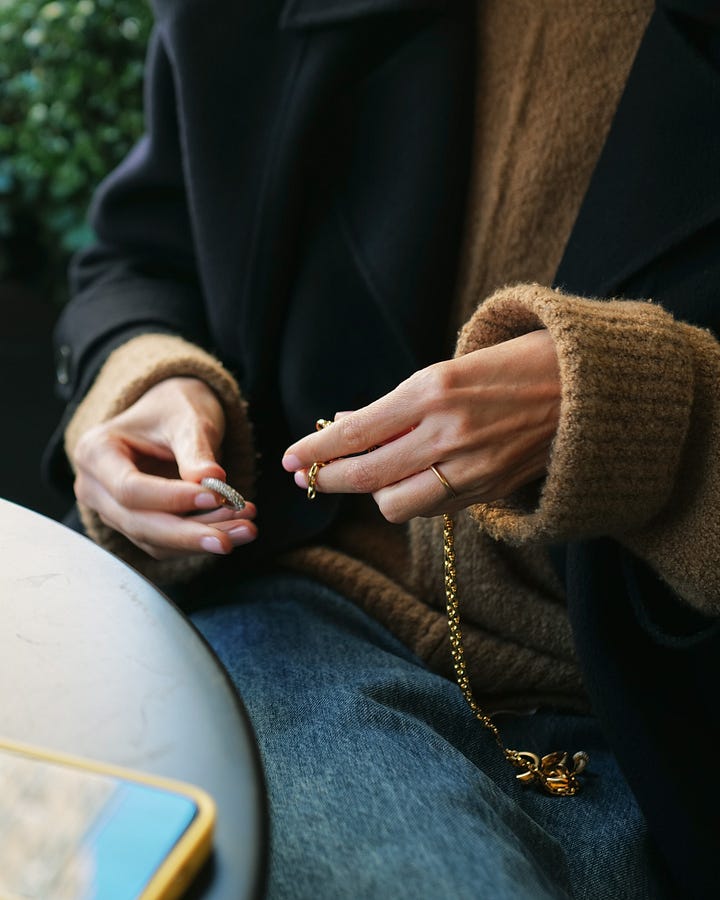
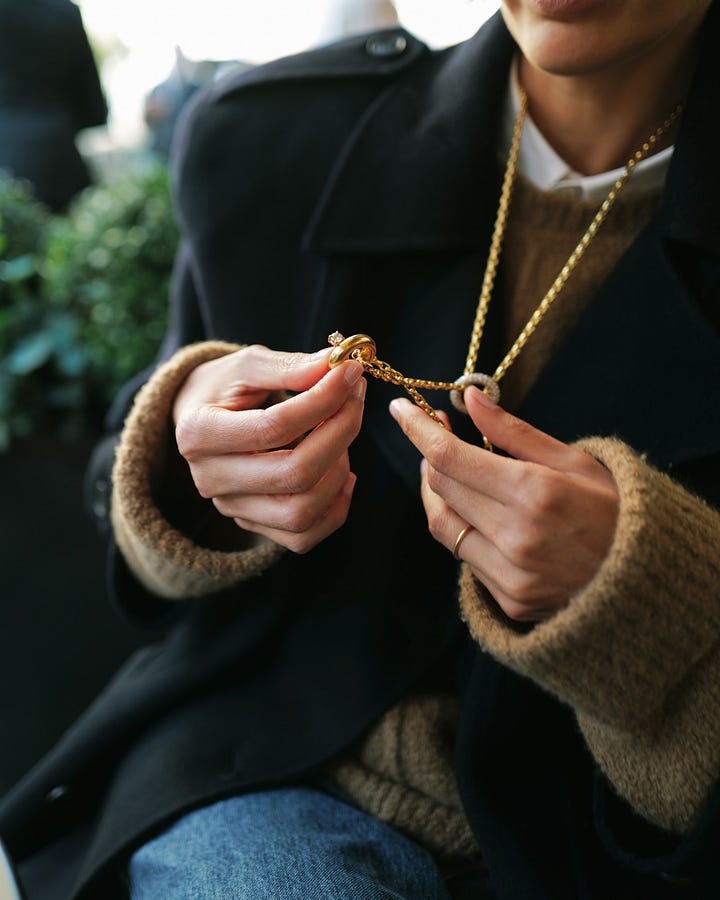
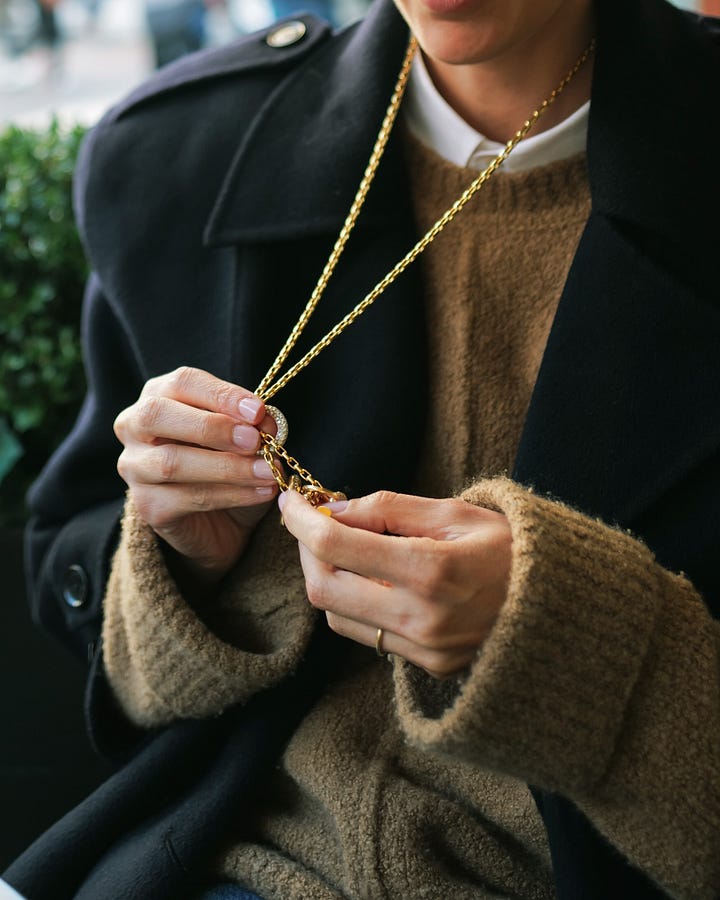
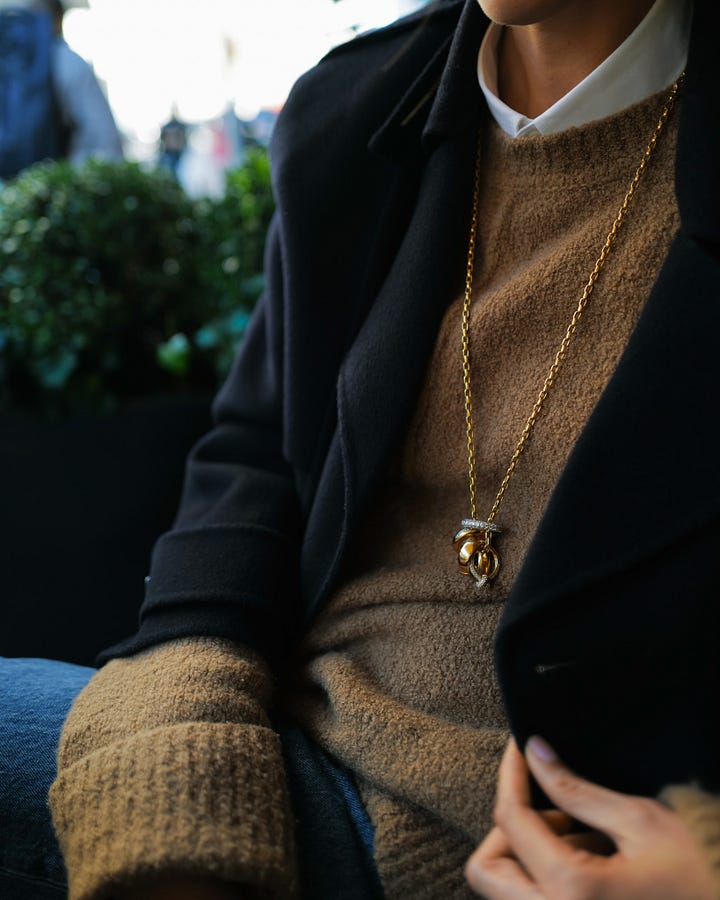
Her creative journey is as layered as the life she’s lived. Renata is a jewelry designer, a model, a creative consultant, and the founder of Renata Quaglia Studio.
Renata learned the crochet technique from her grandmother, Mrs. Ercy, when she was just six. Now in her 90s, she still crochets daily in Southern Brazil. Renata shared that this technique remains a cherished hobby among the women in her family. Interestingly, Sra. Ercy only applied her craft to home decor.
It was during a vacation in Formentera a few years ago, when Renata created a handful of necklaces (including a wedding gift for a couple who requested no presents, except those made by hand) that the seed for her brand was planted. At first, she only shared photos of her friends wearing the pieces. I hoped then that it would find its way to a broader audience. And, thankfully, it did.
As Lauren Santo Domingo precisely put it, “Renata Quaglia’s hand-crocheted shell necklace, once a favorite of the inner circle, is now part of RENATA.Q, available to us mere mortals.” Today, you can find her work on the brand’s website, Moda Operandi, and adorning the necks of some of the most interesting people around.
Renata’s jewelry is in a league of its own. With deep fashion and design information, drenched in meaning as art, made of sentimental materials that make them feel like amulets. Every piece is special and feels very tempting to both get matching ones to loved ones but also start collecting them for myself.
To know excellence, to create excellence
In brand communication (or in running a business) where sales are built on the foundation of aesthetics, the essential quality is repertoire. Always, repertoire. It’s the ability to see well and broadly, to absorb the world’s intricacies and let them come together into a mature design.
This is what sets Renata’s jewelry apart. It’s why her necklaces feel singular. While moving through different markets, across varied landscapes of influence, Renata cultivated her taste. She didn’t stumble upon her vision; she built it through deliberate exploration for years, by honing her skills with equal parts curiosity and discipline.
Her years alongside fashion’s best, photographers, models, advisors, left an imprint. The influence comes through her designs: the adjustable cord of her necklaces is reminiscent of garments; Take her crochet buttons: functional embellishments where thread overtakes form. Even her communication channels reflect an intuitive understanding of style and narrative.
Jewelry at this level of excellence could only come from a obsessive person. It's excellence by practice.
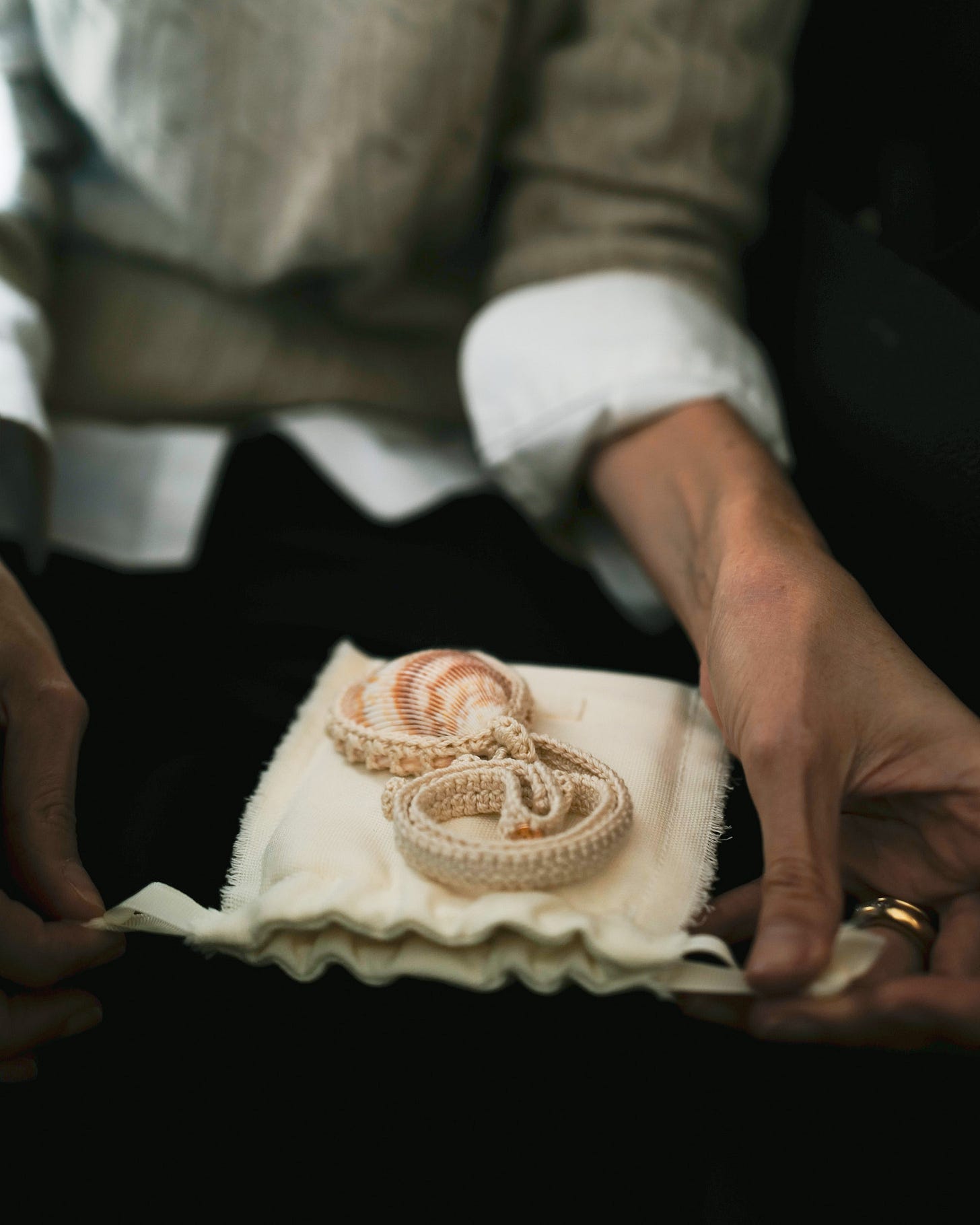
Treasure, finer than fine
Objects made of natural materials seem to exist in a shifting space between themselves and us.
Objects are shaped by their purpose, their form, their own material, which unfolds steadily with age: wood darkens, metals tarnish or glow, fabric softens. In this way, they become more themselves, rooted in their natural progression.
Yet, simultaneously, they are inscribed with our lives. A ring becomes the warmth of countless days worn; a chair holds the shape of the bodies it cradled; a book carries the pauses, underlines, and faint stains of its reader's presence. Over time, they become part of our stories, and we, theirs.
There’s time, and then there’s the measurement of it. The shells and raw natural cotton in Renata’s pieces encapsulate both ideas.
One of the metrics for a good jewelry purchase is the logic that the moment of purchase is when the jewelry is least valuable compared to its lifetime use. The meaning, the small-scale production linked to manual techniques, and of course for how these pieces of jewelry become our style signatures. And as a good Brazilian myself, they are often a good protective amulet (priceless).
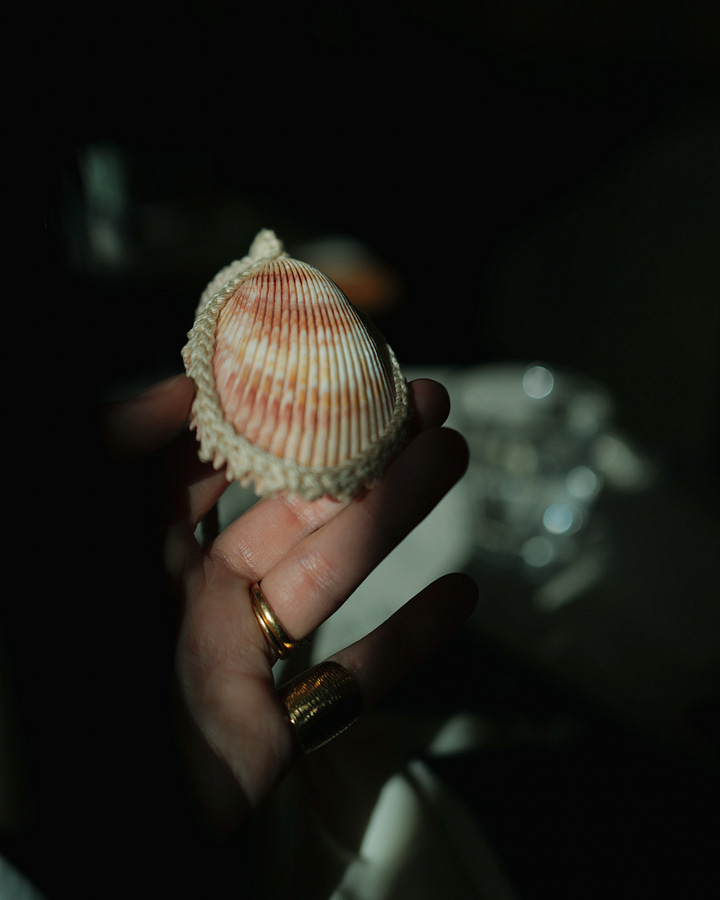

"The way we see things is affected by what we know or what we believe. [...] Yet this seeing which comes before words, and can never be quite covered by them, is not a question of mechanically reacting to stimuli. (It can only be thought of in this way if one isolates the small part of the process which concerns the eye's retina). We only see what we look at. To look is an act of choice." – Berger, John. Ways of Seeing. Penguin Books, 1972.
That's all for today! Thank you so much for reading, and enjoy your week!
Warm regards,
Ísis
The Sin of Mediocrity
I was rewatching some old Anthony Bourdain episodes recently, and it struck me how deeply obsessive he could be. At one point, he tells his editor something along the lines of do something, anything, but do not commit the sin of mediocrity.





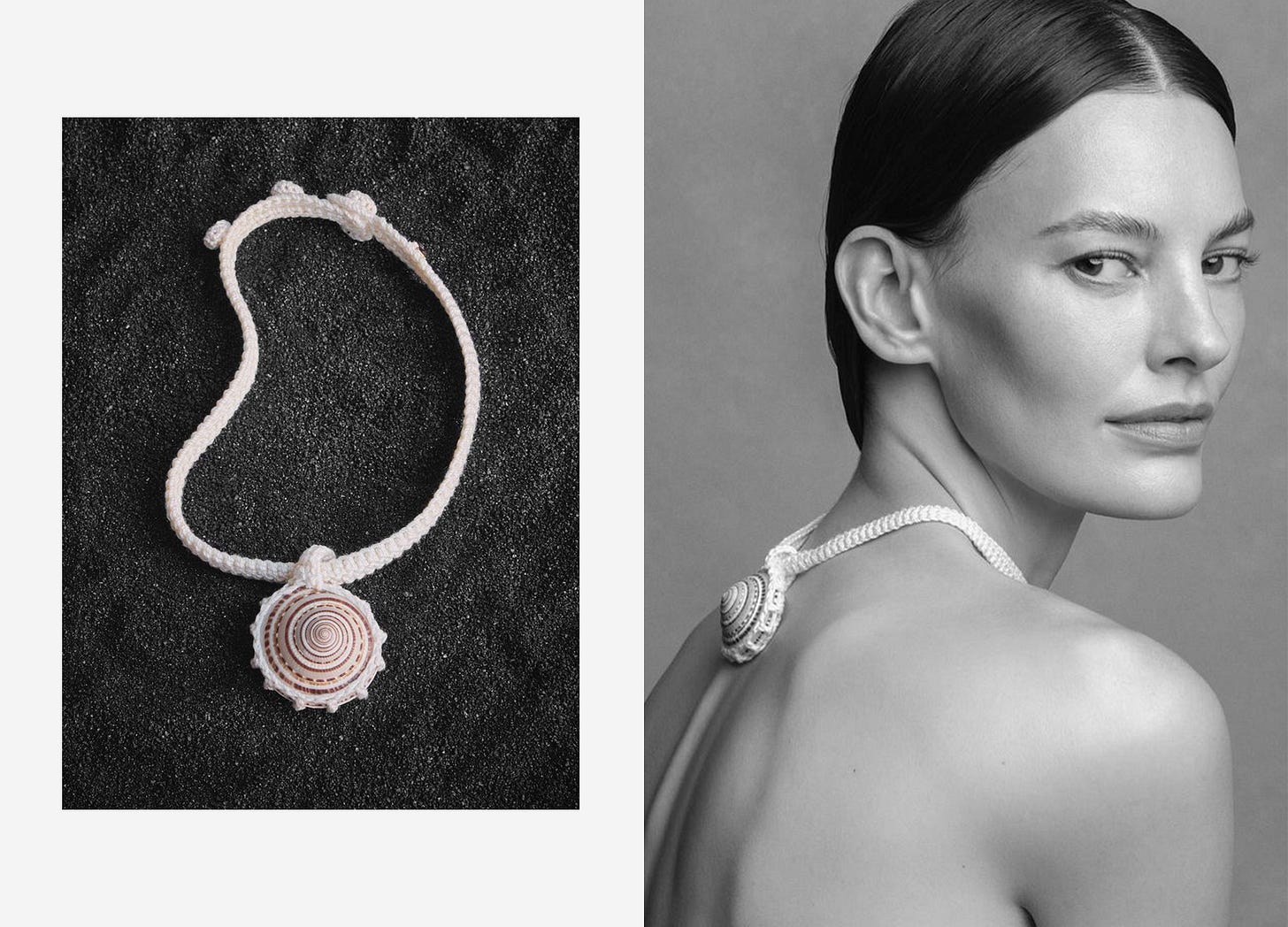

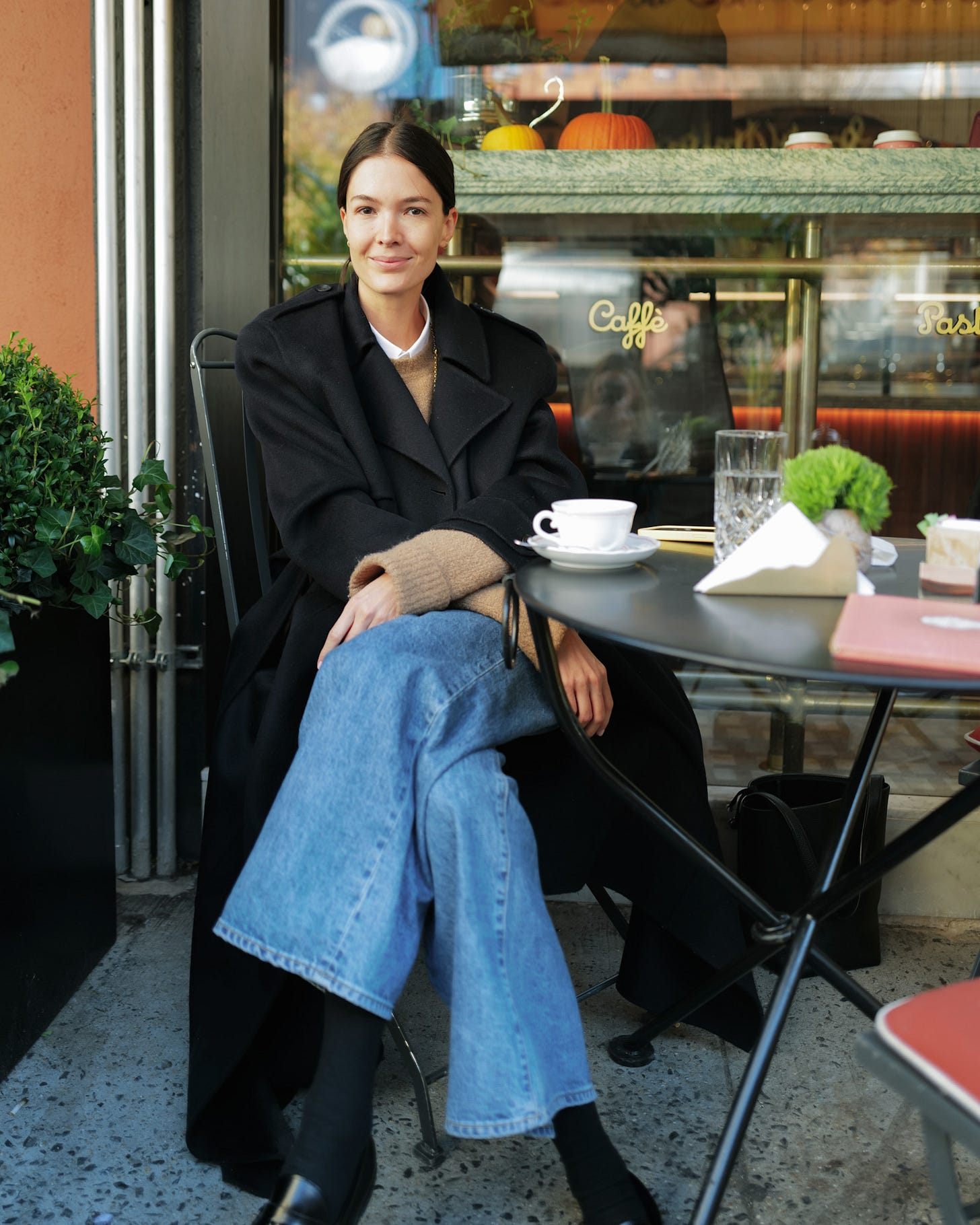


Você escreve lindamente!!
Oh, what a gift! Thank you so much for sharing